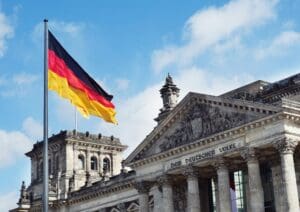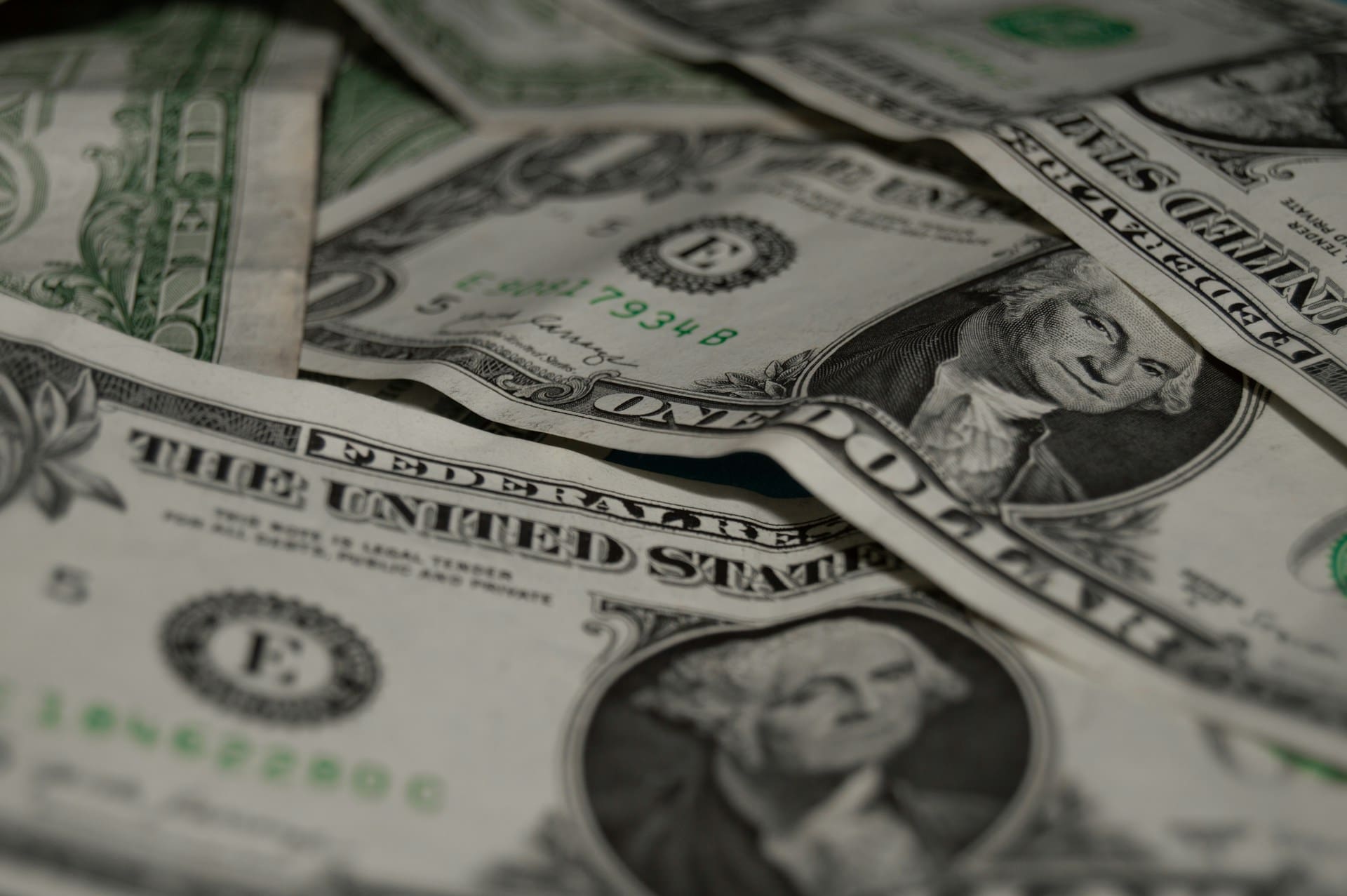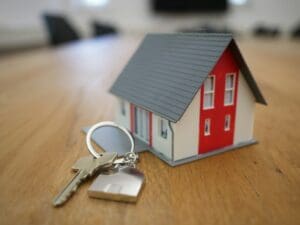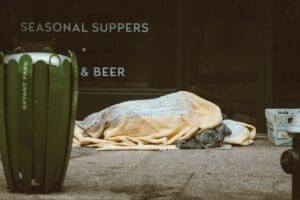By Courtenay Brown
Affluent Americans say the economy is just fine — and they’re spending like it is, too. Meanwhile, lower-income consumers are feeling the brunt of a slowdown.
Why it matters: Deteriorating economic sentiment and activity among poorer Americans suggest the economy is at a turning point, even if it doesn’t show up in headline data, since higher-income consumers make up a disproportionate share of aggregate spending.
- The share of consumers surveyed by the University of Michigan who volunteered that high prices were eroding their living standards in early July matched a peak first reached two years ago when inflation was at multidecade highs.
What they’re saying: “The lower income consumer is in their own personal recession unfortunately,” Peter Boockvar, chief investment officer at the investment firm Bleakley Financial Group, wrote in a note.
Driving the news: The latest University of Michigan report shows that economic concerns are more prominent among poorer consumers than rich ones.
- “Despite expecting inflation to ease, consumers remain vociferously frustrated at the persistence of high prices,” the survey’s director Joanne Hsu wrote in a note.
- “In recent months, these comments have been much more prevalent among lower-income consumers, who typically have fewer financial resources to help buffer the pain of high prices,” Hsu wrote.
- Hsu also noted that lower-income consumers were much more pessimistic about future earnings growth — in nominal and real terms — than higher-income counterparts.
The big picture: Richer consumers may have escaped some of the worst effects of the inflation shock and Fed tightening, particularly as financial assets soar in value.
- Lower-income consumers tend to spend a larger share of their earnings on rent, food and gasoline — all categories that have been key sources of inflation in recent years.
- Pandemic-era savings have run down; the cost of their debt is getting more expensive. They are less likely to reap benefits from the stock market’s gains.
- The bottom half of workers were the sole group to see real wage gains during the peak inflation period. That pattern did not stick: “[T]oday’s growth in real wages is no longer closing the gap between low and high earners,” the Minneapolis Fed found.
The intrigue: Delinquency rates are rising for auto and credit card loans.
- “It’s not like millionaires are starting to go delinquent. It’s more like where the rubber hits the road is where delinquencies are going up,” Chicago Fed president Austan Goolsbee told reporters last week.
- “So far, like the unemployment rate, delinquencies are trending up, which in the past is a bad sign, but the level is still not especially pronounced,” Goolsbee added.
What to watch: JPMorgan, the nation’s largest bank, sees “a little bit of weakness” among lower-income consumers.
- “You see a little bit of rotation of the spend out of discretionary into non-discretionary,” the bank’s CFO Jeremy Barnum told investors Friday during the bank’s quarterly earnings call. Barnum added this wasn’t surprising, given slightly higher unemployment and moderating economic growth.
- Citigroup said consumers with lower credit scores are seeing a “sharper drop in payment rates” and more borrowing. Its customers with higher credit scores were driving spending growth, with “continued strong balances in savings,” according to its earnings report, also Friday.





















